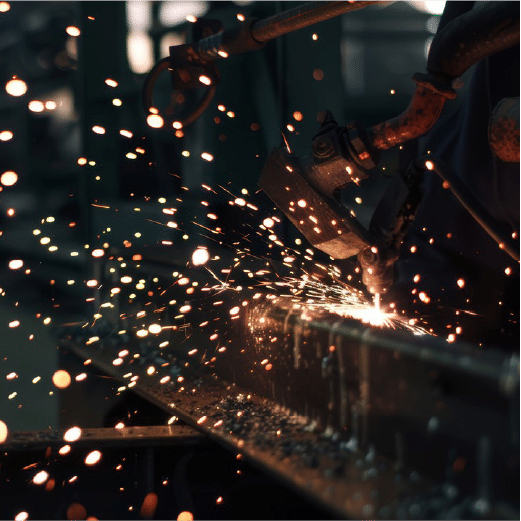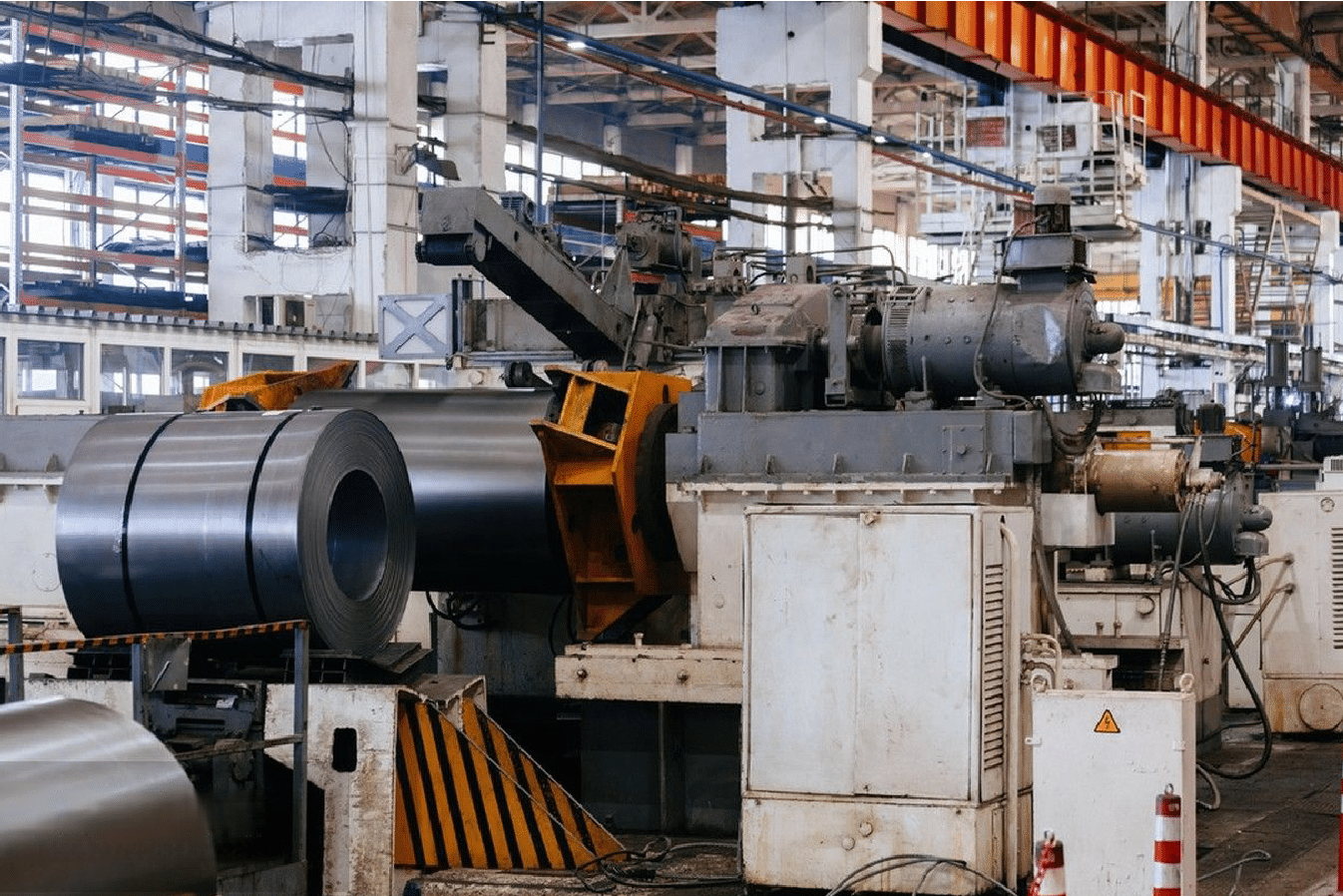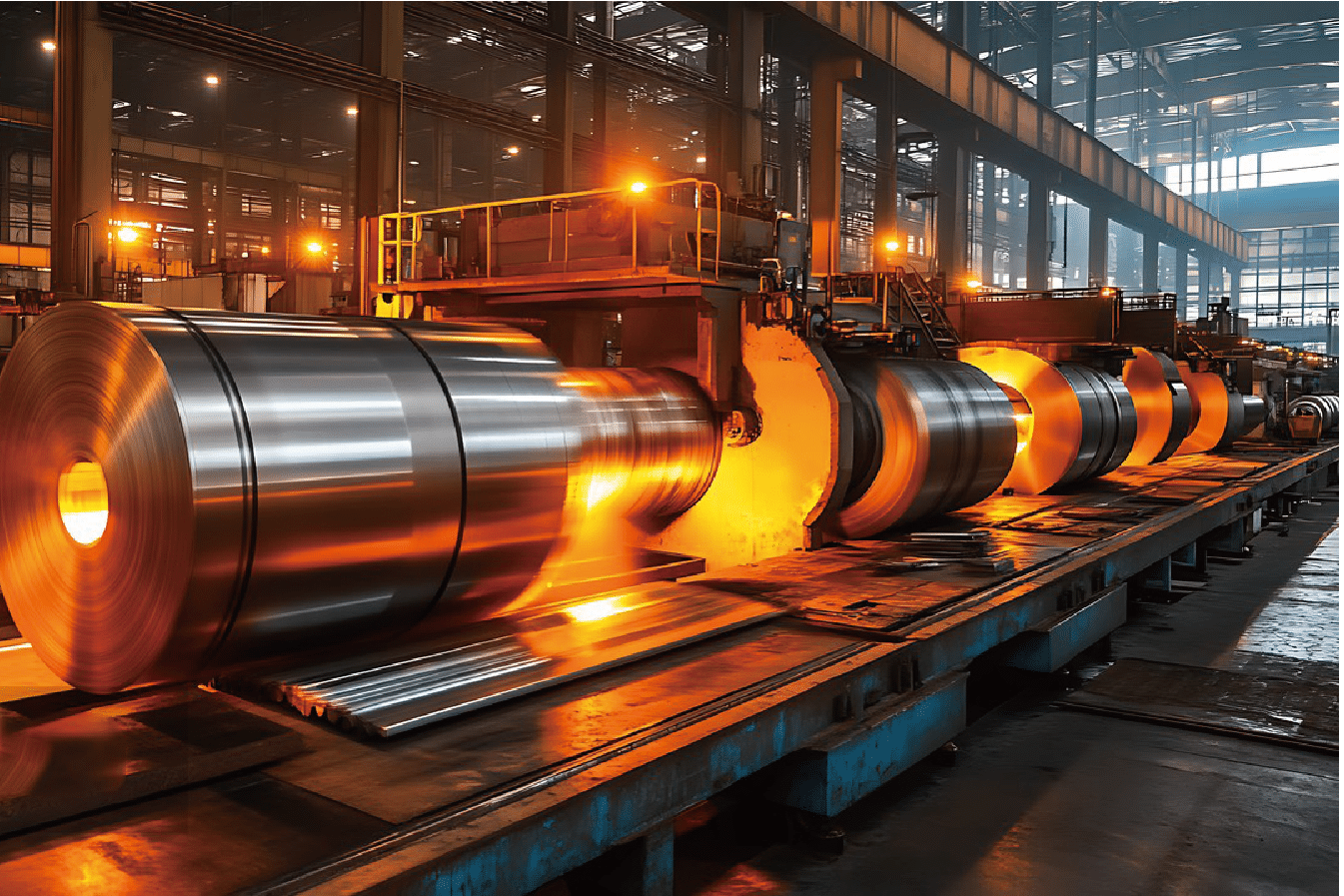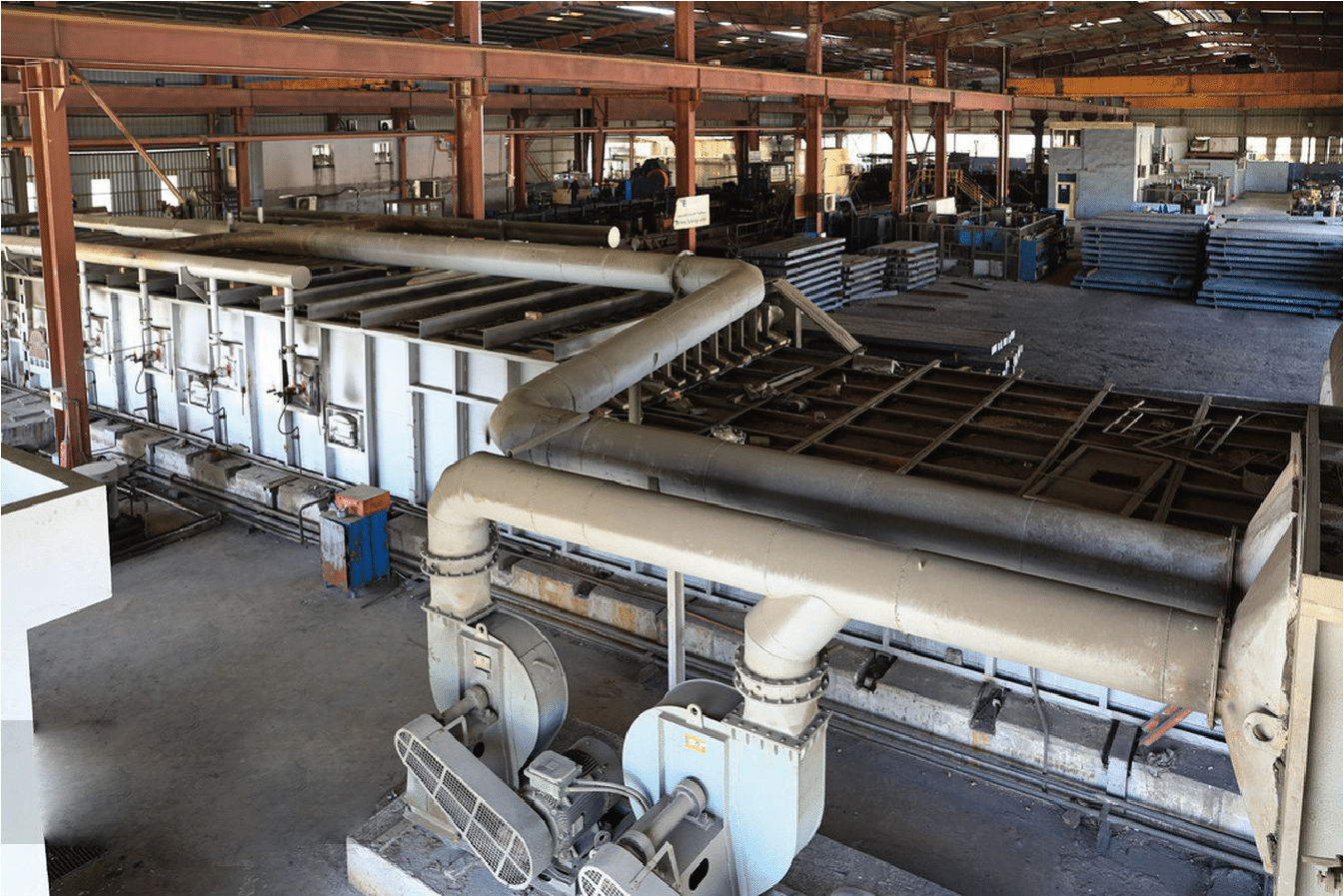After 15 years of manufacturing stainless steel sheets, I've helped countless clients navigate the complexities of grade selection. Understanding these differences can significantly impact project success.
The most common grades of stainless steel sheets include 304, 316, 430, and 410/4201. Each grade offers specific properties based on its composition, making them suitable for different applications and environments.
Let me share insights from my experience helping clients choose the right grade for their needs. Whether you're in food processing, chemical manufacturing, or construction, selecting the correct grade is crucial for optimal performance.
Through years of supplying these materials across Asia and the Middle East, I've learned that matching the right grade to the application can mean the difference between project success and costly failures.
What Are the Properties and Applications of 304 Stainless Steel Sheets?
Having supplied 304 grade sheets to various industries, I can explain why it's often called the "universal" stainless steel.
Grade 304 contains 18-20% chromium and 8-10.5% nickel2, offering excellent corrosion resistance and formability. It's the most widely used grade, suitable for everything from kitchen equipment to industrial applications.

Key Properties
| Property | Typical Value | Benefit |
|---|---|---|
| Tensile Strength | 515-720 MPa | Good structural integrity |
| Yield Strength | 205-310 MPa | Excellent formability |
| Elongation | 40-60% | Superior ductility |
| Hardness | 150-200 HB | Good wear resistance |
Common Applications
Based on our customer success stories:
-
Food and Beverage Industry
- Processing equipment
- Storage tanks
- Work surfaces
- Kitchen equipment
- Transport containers
-
Construction Applications
- Architectural panels
- Handrails
- Door frames
- Elevator panels
- Decorative elements
-
Industrial Uses
- Chemical containers
- Process equipment
- Heat exchangers
- Ventilation systems
- Laboratory equipment
Performance Characteristics
Through years of field experience, I've observed:
-
Corrosion Resistance
- Excellent in normal atmospheres
- Good in mild chemical environments
- Resistant to most food products
- Effective in urban and rural settings
- Suitable for indoor and outdoor use
-
Processing Advantages
- Excellent weldability
- Superior forming capability
- Good machining properties
- Attractive finish options
- Easy to clean and maintain
How Does 316 Stainless Steel Differ from 304 in Terms of Corrosion Resistance?
Through extensive testing and field applications, I've observed significant differences between these popular grades.
Grade 316 contains 2-3% molybdenum in addition to higher nickel content3, providing superior corrosion resistance compared to 304, particularly in chloride-rich and marine environments.
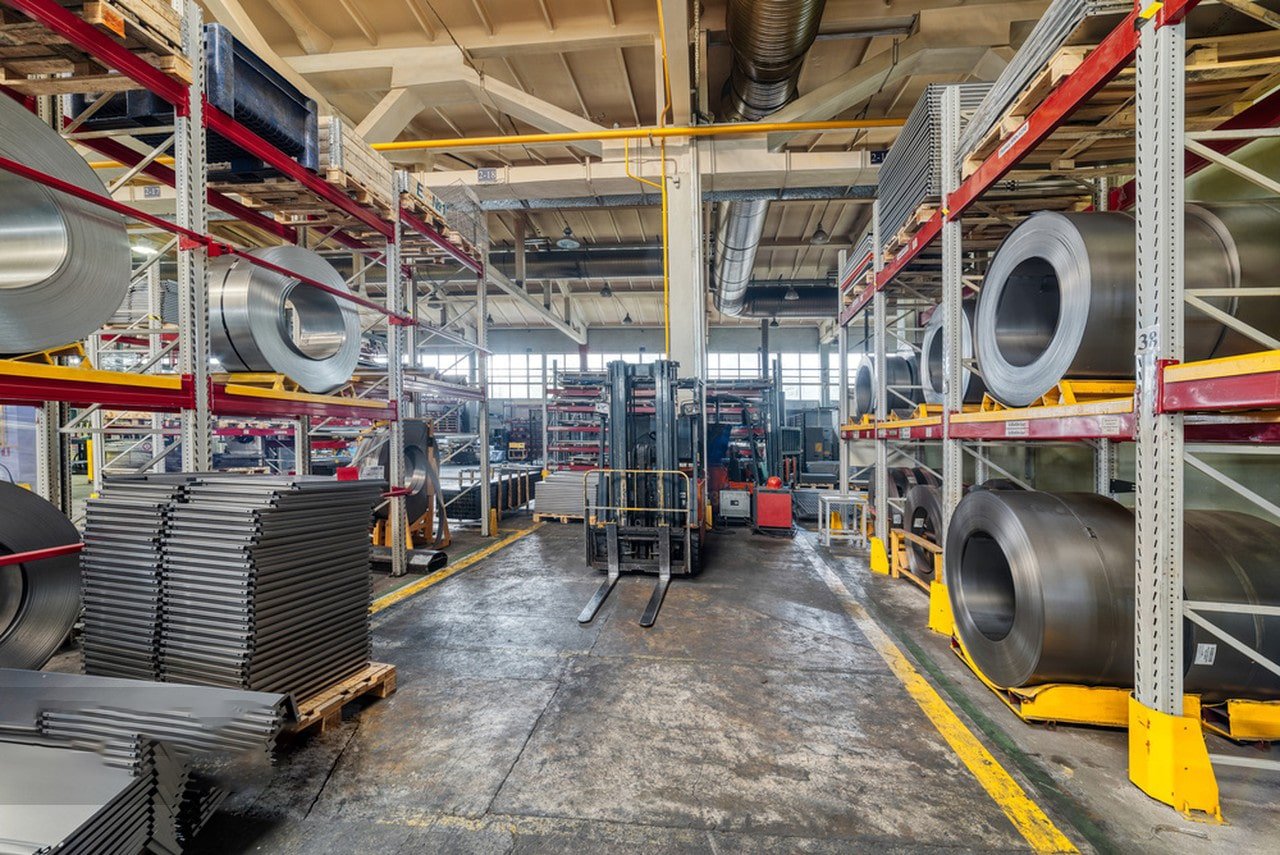
Composition Comparison
| Element | 316 Grade | 304 Grade | Impact on Performance |
|---|---|---|---|
| Chromium | 16-18% | 18-20% | Base corrosion resistance |
| Nickel | 10-14% | 8-10.5% | Improved formability |
| Molybdenum | 2-3% | None | Enhanced pitting resistance |
Corrosion Resistance Comparison
- Marine Environments
- 316: Excellent resistance
- Salt spray tolerance
- Coastal atmosphere stability
- Underwater applications
- Marine equipment durability
- 304: Moderate resistance
- Limited coastal use
- Requires more maintenance
- Not recommended for marine
- Surface corrosion possible
- Chemical Resistance
- 316: Superior performance
- Strong acids
- Chlorides
- Process chemicals
- High temperature exposure
- 304: Good performance
- Mild acids
- Basic solutions
- Food products
- Standard chemicals
What Are the Characteristics of 430 Ferritic Stainless Steel Sheets?
Drawing from my experience with cost-sensitive applications, I can explain 430's unique position in the market.
Grade 430 contains 16-18% chromium with minimal nickel4, offering good corrosion resistance at a lower cost than austenitic grades. It's magnetic and provides excellent formability.
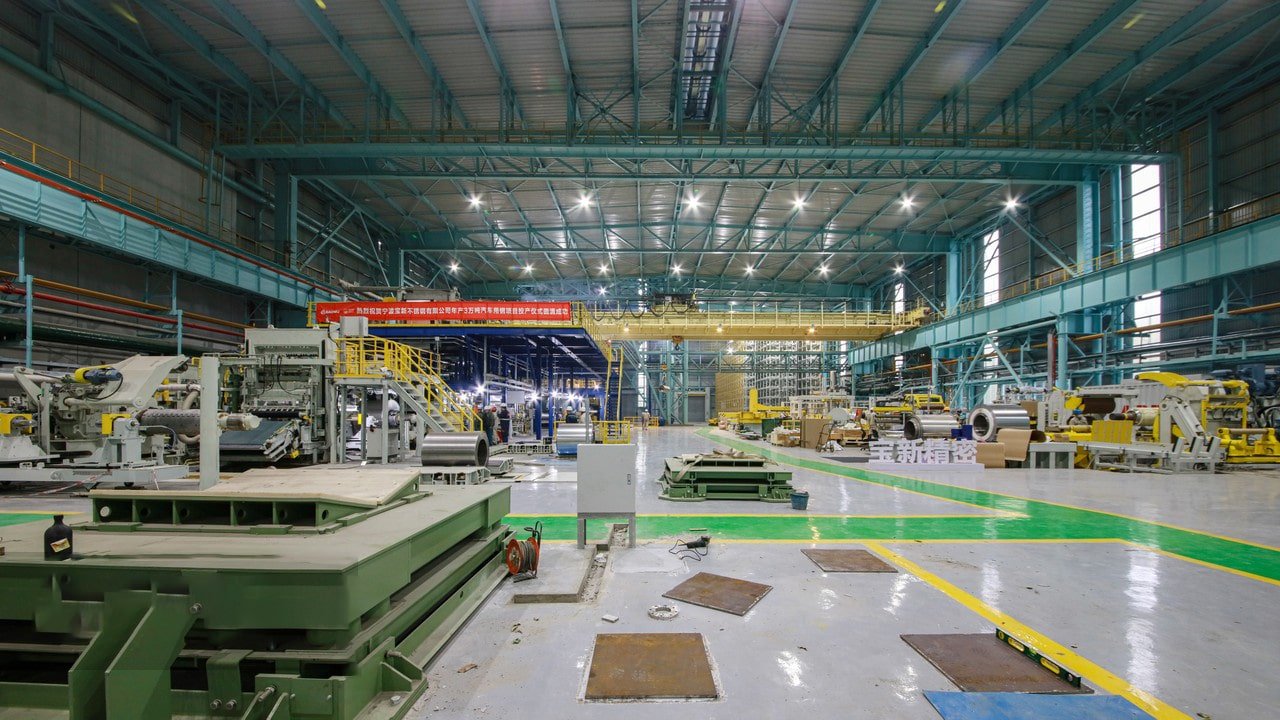
Material Properties
-
Mechanical Characteristics
- Moderate strength
- Good formability
- Magnetic properties
- Limited weldability
- Excellent surface finish potential
-
Performance Features
- Cost-effective
- Decent corrosion resistance
- Good heat resistance
- Thermal conductivity
- Easy to fabricate
Common Applications
Based on successful implementations:
| Industry | Applications | Key Benefits |
|---|---|---|
| Appliances | Kitchen equipment | Cost-effective, good finish |
| Automotive | Trim, exhaust parts | Heat resistance |
| Architecture | Interior panels | Aesthetic appeal |
| Consumer goods | Cookware | Heat conductivity |
When Should You Choose 410 or 420 Martensitic Stainless Steel Sheets?
Having worked with manufacturers requiring high strength and hardness, I understand these grades' specific advantages.
Grades 410 and 420 contain 11.5-13.5% chromium with varying carbon content5 (0.15% for 410, 0.3-0.4% for 420), offering high strength and hardness through heat treatment.
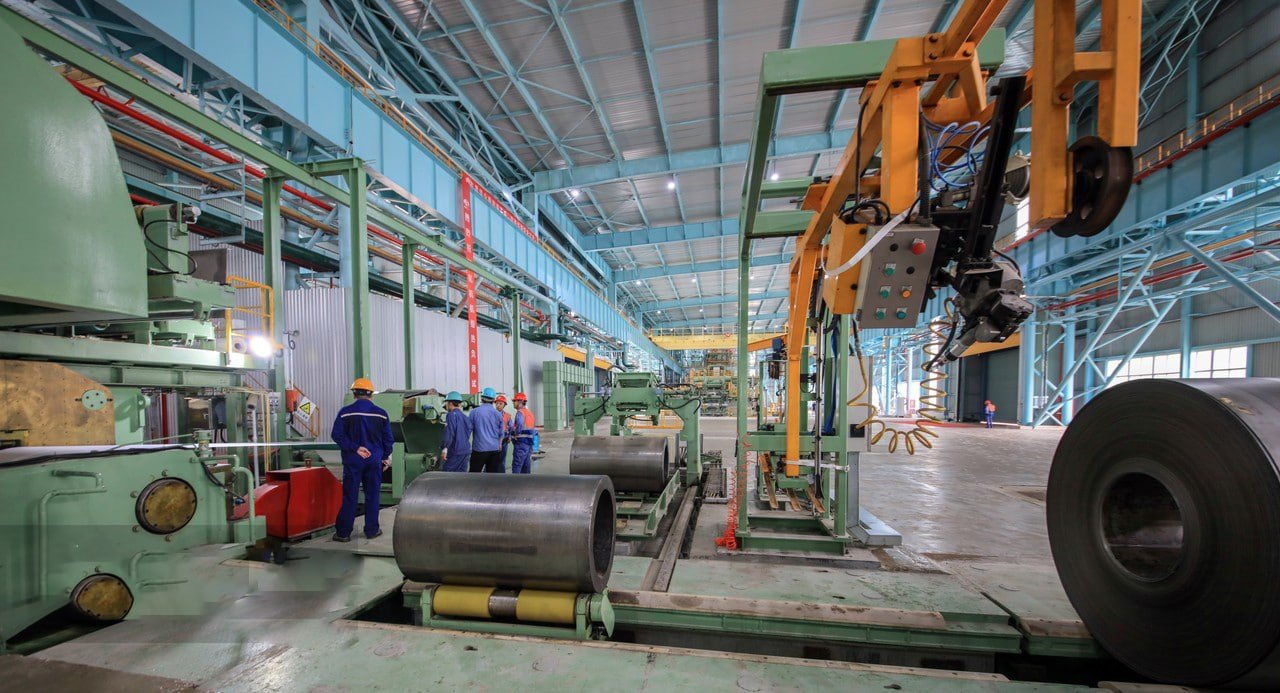
Grade Comparison
| Property | 410 Grade | 420 Grade |
|---|---|---|
| Hardness | 35-45 HRC | 50-55 HRC |
| Strength | Moderate | Higher |
| Toughness | Better | Moderate |
| Corrosion Resistance | Good | Good |
Application Guidelines
-
Choose 410 for:
- Turbine blades
- Pump shafts
- Valve components
- General engineering
- Mild cutting applications
-
Choose 420 for:
- Surgical instruments
- High-quality cutlery
- Bearing components
- Plastic molds
- Severe wear applications
How to Select the Right Stainless Steel Grade Based on Application Requirements?
Through thousands of customer consultations, I've developed a systematic approach to grade selection.
Selection should consider environmental conditions, mechanical requirements, cost constraints6, and processing needs. Each grade offers specific advantages that must align with application demands.
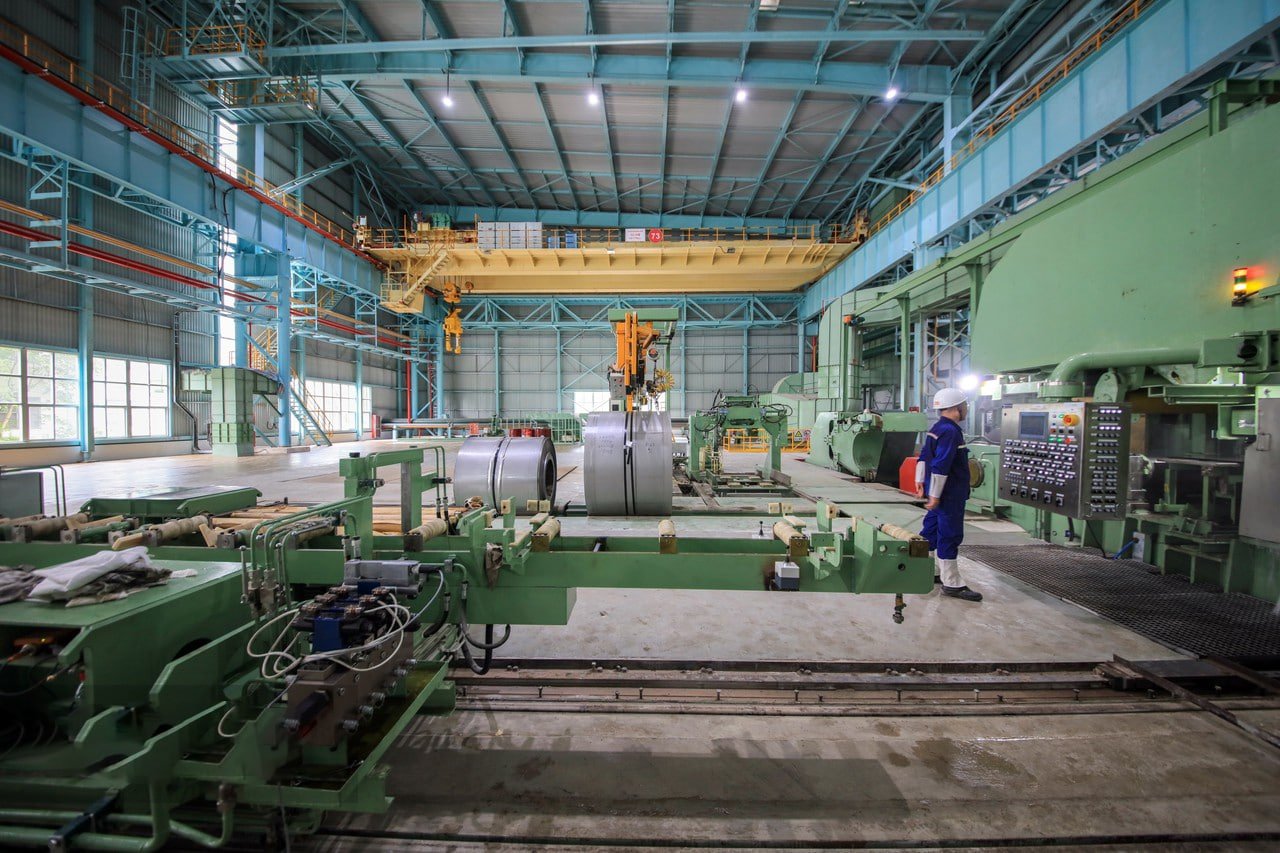
Selection Framework
-
Environmental Considerations
- Corrosion environment
- Temperature exposure
- Chemical contact
- Moisture levels
- UV exposure
-
Mechanical Requirements
- Strength needs
- Hardness requirements
- Wear resistance
- Impact resistance
- Fatigue considerations
Grade Selection Guide
| Requirement | Recommended Grade | Alternative Grade |
|---|---|---|
| General Purpose | 304 | 430 |
| Marine/Chemical | 316 | Duplex |
| High Strength | 410/420 | Precipitation Hardened |
| Cost-Effective | 430 | 409 |
Conclusion
Selecting the right stainless steel grade is crucial for application success. Understanding the differences between grades 304, 316, 430, and 410/4207 enables informed decisions based on specific requirements for corrosion resistance, strength, and cost-effectiveness. Careful consideration of application needs ensures optimal material selection and long-term performance.
-
Learn about various stainless steel grades and their applications ↩
-
Discover why 304 stainless steel is versatile and widely used ↩
-
Understand the role of molybdenum in enhancing corrosion resistance ↩
-
Explore the cost benefits and uses of 430 stainless steel ↩
-
Compare the properties and applications of 410 and 420 stainless steels ↩
-
Learn how to choose the right stainless steel based on specific needs ↩
-
Gain insights into the distinct characteristics of major stainless steel grades ↩

